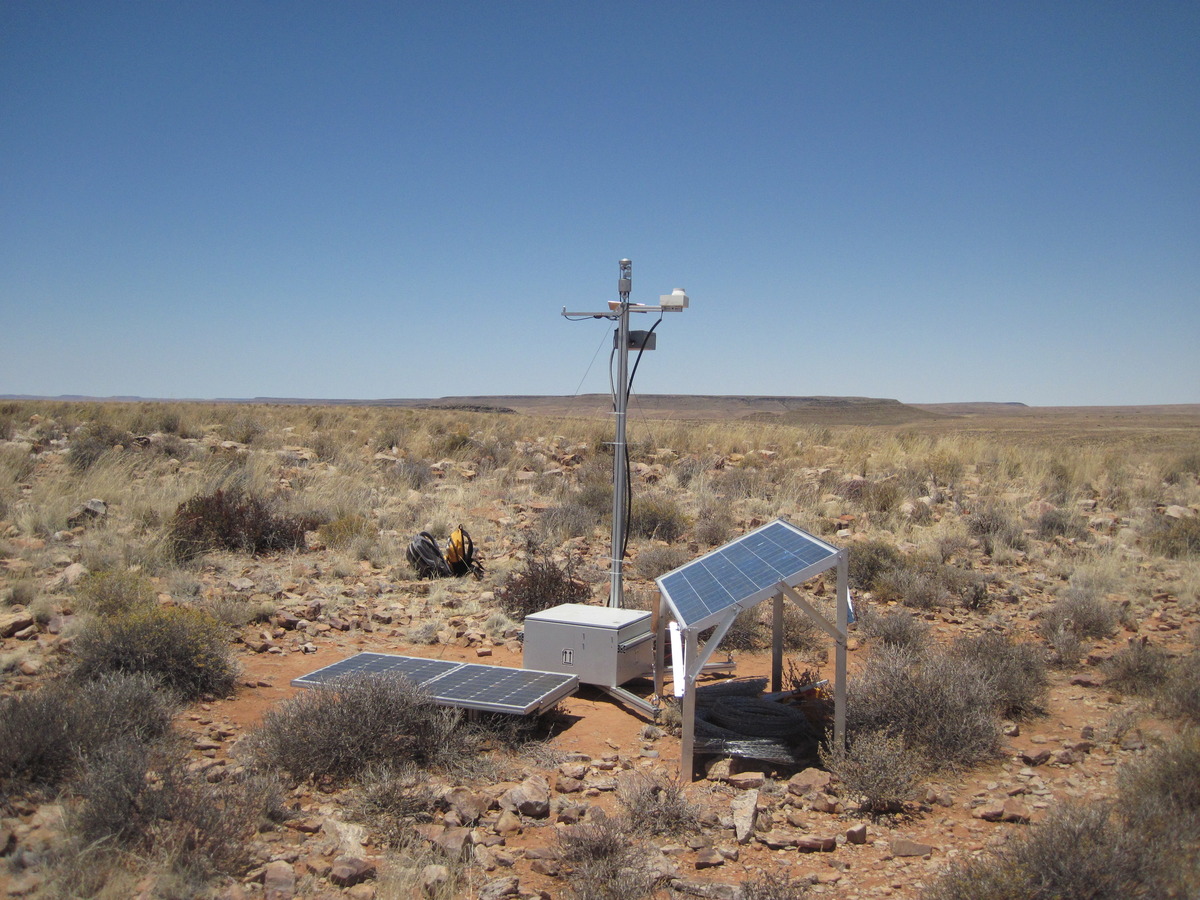A giant leap for gamma ray astronomy

Related topics
Innovation International cooperation Research Infrastructures European Research infrastructures, incl. e-infrastructures Austria Finland France Germany Italy Poland Spain Sweden United Kingdom Switzerland Japan Namibia South Africa Argentinadate: 05/08/2015
Project: Preparatory phase for the Cherenkov Tele...
acronym: CTA-PP
See also: CORDIS
The CTA-PP project has paved the way for the construction of a vast telescope array for observations in the gamma ray waveband. It has shortlisted possible sites, worked out the details of the planned array’s construction and eventual operation, and set up a coordination structure to take this international endeavour forward.
The project has also advanced the state of the art in gamma ray observation technology, producing prototypes of the innovative telescopes that will compose the array. The new observatory will be 10 times more sensitive and far more precise than current gamma ray instruments, says project coordinator Werner Hofmann of the Max Planck Institute for Nuclear Physics in Heidelberg, Germany.
Only the highest-energy cosmic gamma rays can be observed from Earth. The telescopes used to do so don’t actually detect the rays themselves; they reveal a signature the rays produce when they are absorbed by our planet’s atmosphere. This signature is a detectable form of secondary radiation — a blue glow that was discovered in another context by the physicist Pavel Cherenkov.
Cosmology beyond hot bodies
“Basically cosmic gamma rays leave tracks in the atmosphere. We take pictures of these tracks and follow them back to the sky,” says Hofmann. Doing so enables astronomers to study phenomena that aren’t picked up by detectors designed for other wavebands, such as visible light or X-rays.
This opportunity is particularly intriguing because, unlike other types of radiation in space, the high-energy gamma rays detectable from Earth are not emitted by hot celestial objects such as stars. “Nothing in the universe is hot enough to radiate gamma rays,” Hofmann notes.
Instead, he explains, they are produced by non-thermal processes. “There a various objects in space that send shockwaves into the cosmos. This happens during a supernova, for example, a stellar explosion. In these shock waves, particles can be accelerated to very high energies. These particles influence the fate of the cosmos; they influence matter, for example.”
There is still a lot to learn about these cosmic particle accelerators. “We know they are there, but we want to understand how they work and how they impact the evolution of the cosmos. Over the past two decades, we have come to realise that the non-thermal phenomena in the universe are more important than we previously thought,” says Hofmann.
The observation technologies needed to study them only emerged 20 years ago or so. “The instruments we have now are experimental,” says Hofmann. The CTA-PP (Cherenkov Telescope Array — Preparatory Phase) project, he notes, has laid the groundwork for the first large-scale gamma ray observatory.
A stellar alliance
The CTA will operate across two sites, one in each hemisphere, combining more than 100 telescopes. It will permit observations of unprecedented precision and sensitivity.
Scientists and organisations around the world are collaborating in view of its construction. “We have a huge and growing consortium supporting the project. Currently, it involves 29 countries, 178 institutes and well over a thousand scientists,” says Hofmann.
The CTA-PP project ended in August 2014. It has mapped out the construction, management and operation of the array and produced prototypes of the innovative technology on which the array will rely.
It has also identified potential locations. For the operations in the northern hemisphere, candidate sites have been selected in Mexico, Spain and the USA, whereas the activities in the southern hemisphere are likely to be based in Chile or Namibia.
The next milestones include finalising site selection and formalising partnerships for the construction phase, says Hofmann. The array is due to start full-scale operations in 2020.
Check also our publication Investing in European success - EU-Africa cooperation in science, technology and innovation
